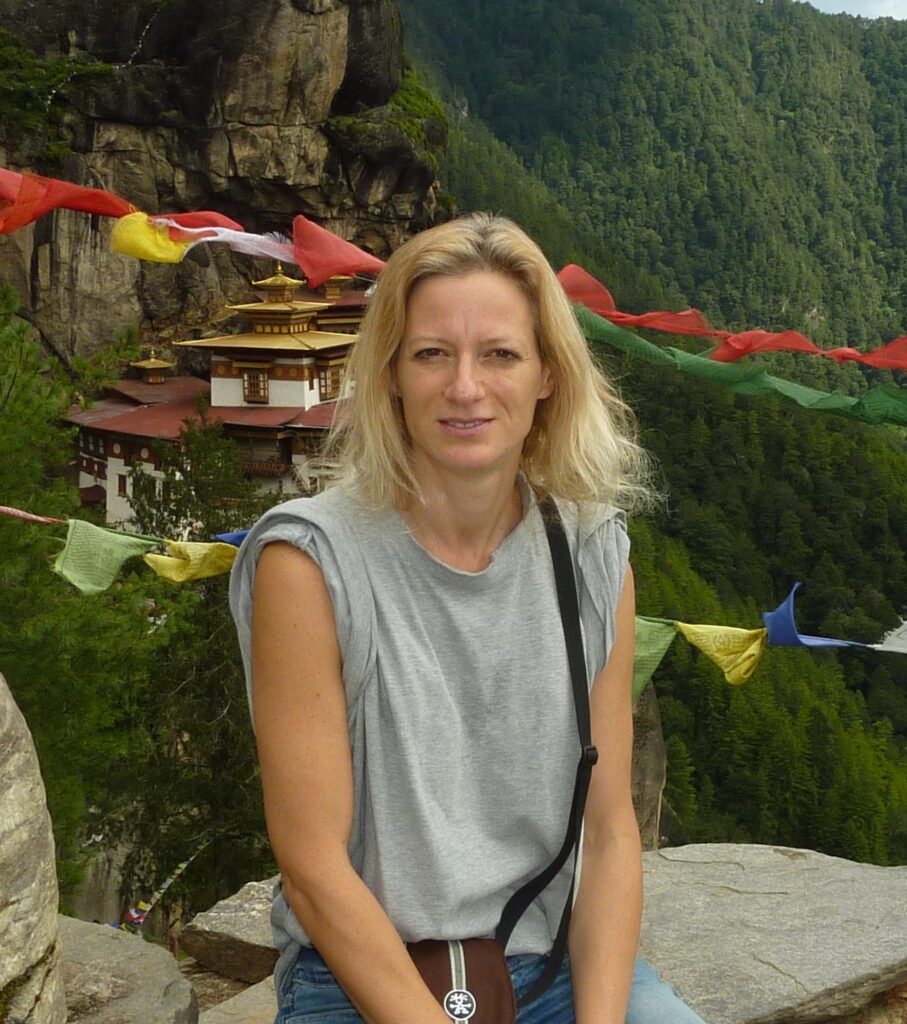Abstract
Heinrich Jäschke, a nineteenth-century Moravian missionary to Ladakh, is mostly known amongst scholars of Tibet for his pioneering 1881 Tibetan–English Dictionary. In his entry on ‘rlung’—a fundamental concept of Tibetan medicine and Tibetan Tantric Buddhism, commonly translated into English as ‘wind’, ‘breath’ or ‘vital energy’—following his definition of the term, he added: ‘These notions concerning rlung are one of the weakest points of Tibetan physiology and pathology’. Strong words for a dictionary. While Jäschke perceived these ideas as highly problematic, fast-forward a century and a half to 2015 central London, and we can observe that much has changed. It is hard to think of what might better demonstrate the extent to which western perception of the term rlung has evolved since Jäschke gave his damning opinion on the term in his 1881 dictionary, than the Wellcome Collection’s exhibition “Tibet’s Secret Temple: Body, Mind and Meditation in Tantric Buddhism” which ran in London in the winter of 2015-16, and was one of the most attended exhibitions of this popular central London venue. How can we make sense of this transformation? What might be some of the concrete implications for health care that these imply?
Questions for reflection
Why is the concept of breath particularly interesting for an inter-disciplinary and multi-cultural enquiries?
What could be the potential benefits of such an enquiry?
Further reading
Jacobson, Eric. “’Life-wind Illness’ in Tibetan Medicine: Depression, Generalised Anxiety, and Panic Attack”, in: Soundings in Tibetan Medicine: Anthropological and Historical Perspectives, Mona Schrempf (ed.), Leiden: Brill, 2007, pp. 225-245.
Samuel, Geoffrey. “Unbalanced Flows in the Subtle Body: Tibetan Understandings of Psychiatric Illness and How to Deal with It”, Journal of Religion and Health, 2019.
Yoeli-Tlalim, Ronit. “Tibetan ‘wind’ and ‘wind’ illnesses: towards a multicultural approach to health and illness,” Studies in History and Philosophy of Biological and Biomedical Sciences, vol. 41 (2010), pp. 318–324
Dr Ronit Yoeli-Tlalim’s research has focused on the transmission of medical ideas along the Silk-Roads. Within this general scope, she has been working on the history of early Tibetan medicine, based primarily on manuscripts found in the Dunhuang caves. This work followed up on my work which consisted part of the ‘Islam and Tibet’ project at the Warburg Institute.
Dr Ronit Yoeli-Tlalim’s current research project funded by the Wellcome Trust is titled: “Re-Orienting Early Medicine: Bridges of Knowledge between ‘east’ and ‘west'”. The main goal of this project is to analyse the ways in which ancient Hebrew medicine, like ancient Tibetan medicine, is a case of ‘medical syncretism’ deriving from what is termed ‘eastern’ and ‘western’ medical traditions.
Her academic training has been in the Study of Religions and she is also interested in the ways religions have defined transmission of knowledge, both in the Buddhist and Jewish cases.

